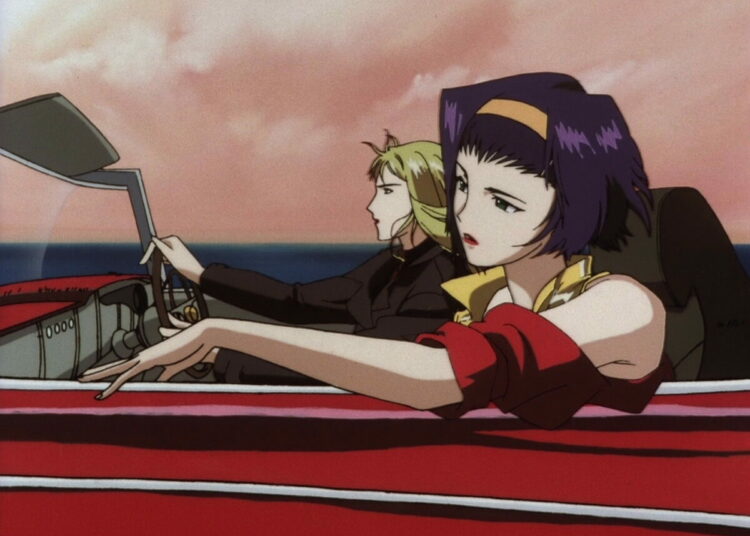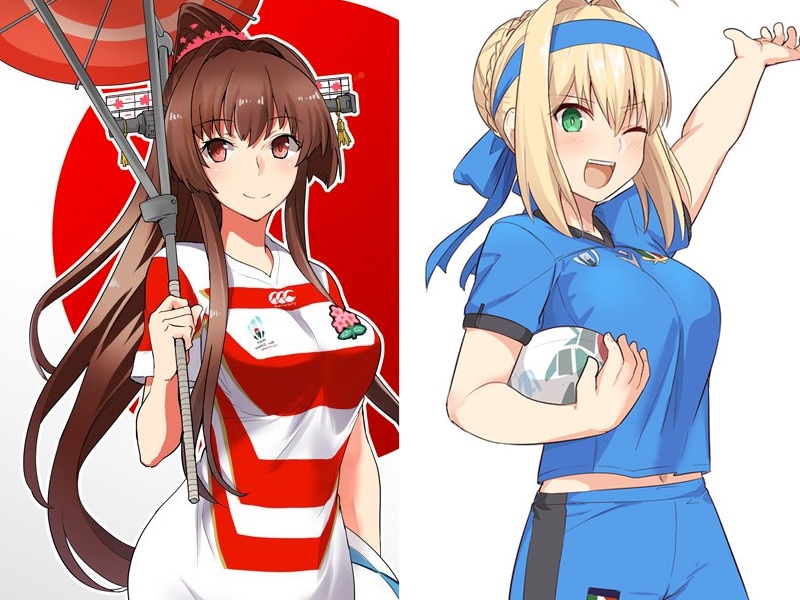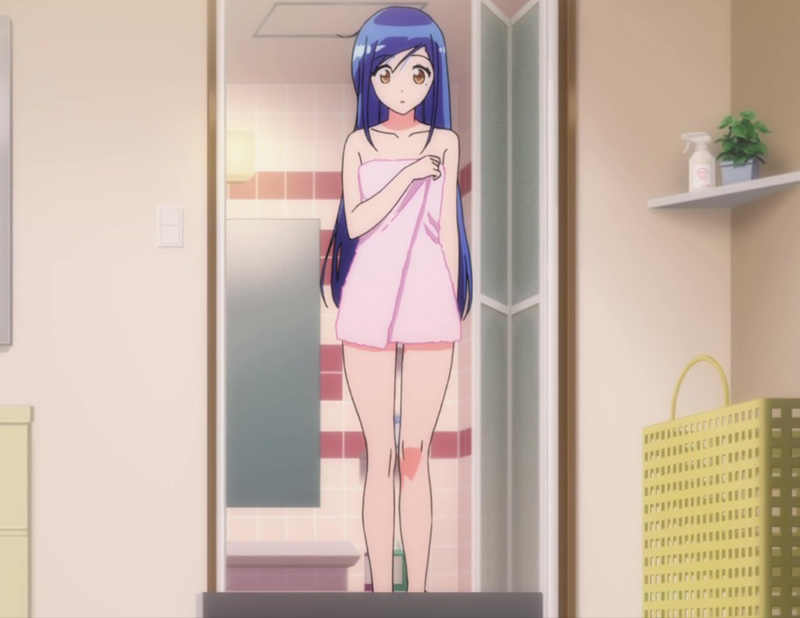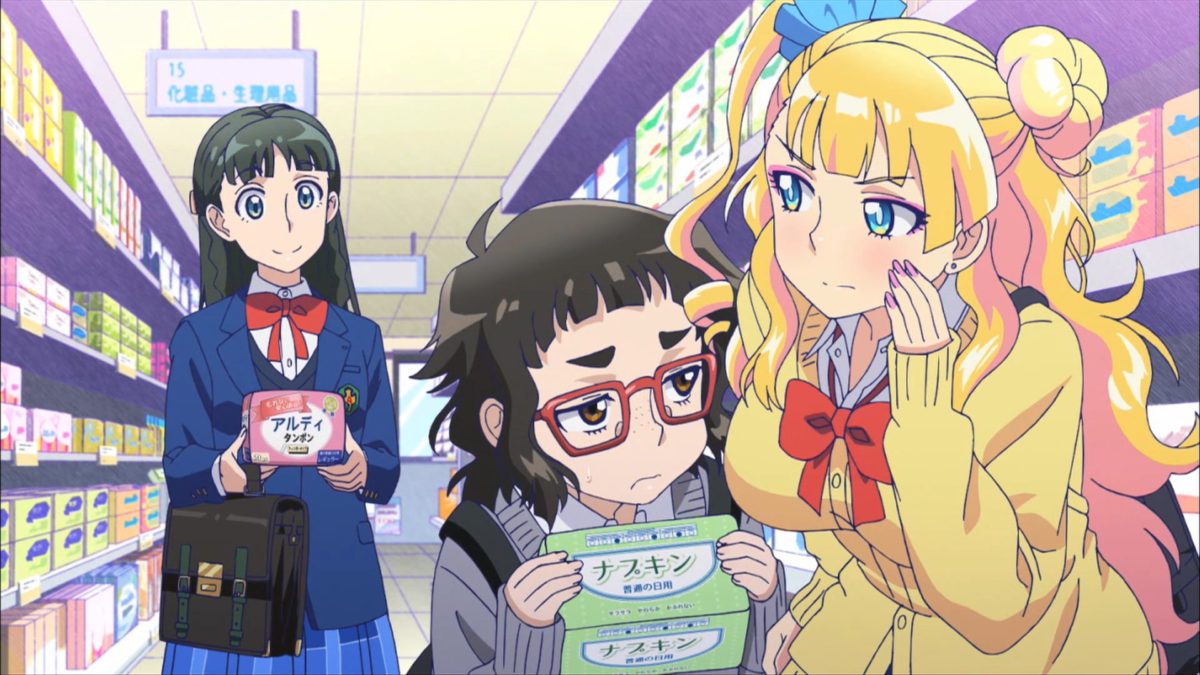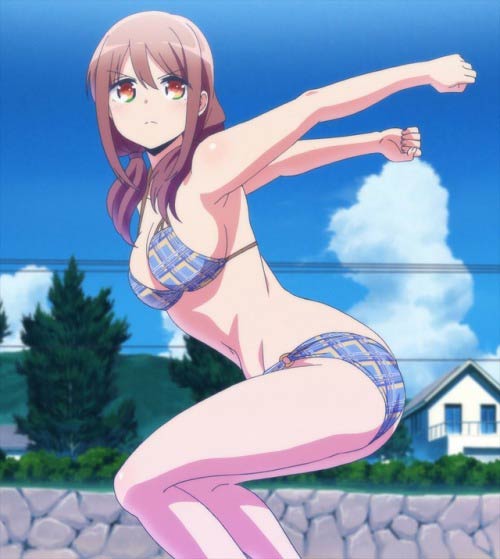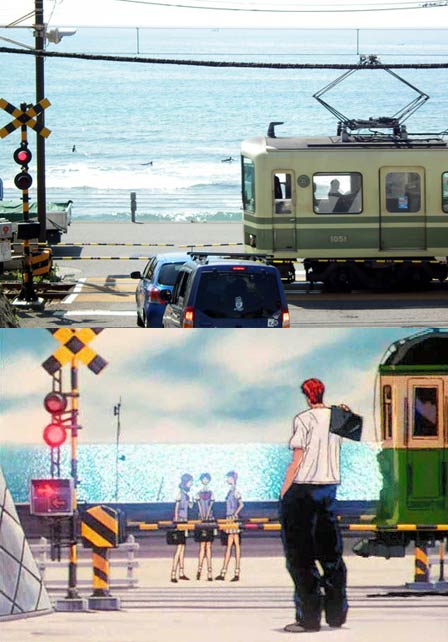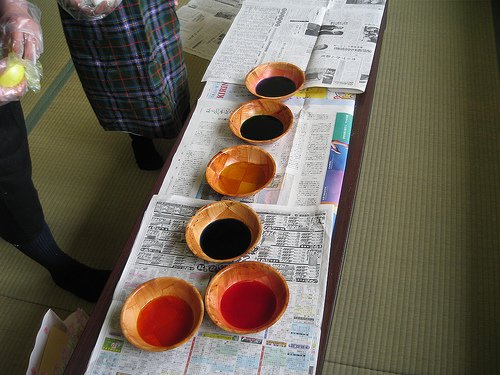Japan as a nation is getting older, and is having to come to terms with this fact sooner than other countries. I’ve noticed a high awareness of the changes that are coming for Japan, whether it’s companies talking about “barrier-free” products or every automobile maker promoting new wheelchair-friendly vehicles in their product catalogs. I caught an interesting show on TV the other night that basically submitted a panel of famous “talents” (a catch-all word meaning any actor, singer, model or comedian) to the grueling full-body check-up known as ningen dokku (“human dock”), which checked their entire bodies from head to toe for irregularities, including full MRI body scan. Then, different doctors came out to discuss various problems found with each person. Attractive model Yasu Megumi got by with some eating and stress-related problems, while actress and dancer Aya Sugimoto ran into trouble over her after-work wine drinking. Tomiyo Umezawa, a kabuki actor famous for his female roles, got dinged for his 50 cigarette-a-day smoking habit, while comedian Razor Ramon scored poorly on his mental health exam due to the great stress of wearing his public “HG” (which means “Hard Gay, although he isn’t) face 24 hours a day (he can’t even take his sunglasses off, as they’re part of his public persona). The biggest health problems were found in pro wrestler Choshu Koriki, who had never gone to a doctor in his life and had built a media personality around his big gut and bicycle shorts.
In the Japanese system of prefectures and cities is quite different from what we’re used to in the States. The current Japanese system, which was based on the French prefectural system (or at least that’s what the Japanese believe), came about when Japan modernized its infrastructures during the Meiji Restoration. Basically, there are 47 prefectures (ken), along with Hokkaido and the Tokyo Metropolitan Area, which like the District of Columbia in the U.S. is separate from the normal system of prefectures. Inside each prefecture, there are three kinds of incorporated areas: cities (shi), towns (machi or cho, two readings for the same kanji character) or villages (mura). Inside the large city areas, such as the city we live in, there are small “town” areas designated, so that a person may live in Sakura Town, Takasaki City, Gunma Prefecture, Japan. Streets are not generally named in Japan, so a physical address will just be a numbered block inside that part of the town. If you think it’s terribly confusing to have a whole country with no named streets or numbered houses, you’re right! Basically, if you don’t have a clear map to wherever it is you’re going in Japan, you’re probably not going to get there. As populations rise and fall in Japan (usually fall, it’s sad to say), sometimes a new city is born, as small municipalities join together to try to make their region more attractive for tourism and industry. The idea, I guess, is that if people are leaving the rural areas for cities, we’ll redefine some of the areas to be “cities” (even if they’re not very urban).
Here are the answers on the Japanese “English” (quote unquote) abbreviations from last time. 3LDK means a 3-room apartment with a “living-dining-kitchen” (i.e., one main room for cooking, eating and relaxing). PA is a Japanese term meaning “parking area,” and refers to the rest stops you see along the freeway. If someone asks you to check their HP, they’re inviting you to see their homepage. OA means “office automation,” and buying an “OA desk” means you’re getting a desk that’s designed to work with computers (perhaps it has a power strip built into it, or a special rail in the back for organizing cables). Baseball fans know that an FA is a “free agent” who isn’t a part of the players union, but represents himself in contract negotiations. And IC means “interchange” and is just a freeway on-ramp.
Among other things, J-List works hard to bring Japan’s PC dating-sim games to English-speaking fans, and we carry virtually every game in print, from great companies like Peach Princess, JAST USA, G-Collections and more. We’re happy to announce that the latest game from Peach Princess, Doushin – Same Heart, has gone “golden master” and is being duplicated right now. The three Suruga sisters have a strange power: whenever one of them feels a sensation, the feeling is transferred to the other two immediately. If one girl were to prick her finger, the other two would feel the same pain…and if one of them were to get, er, excited, the same thing would happen to the other two, no matter where they were. This is a great new game, the first “zapping” adventure seen in the English language, which allows you to play the game from the viewpoint of the three sisters and move from one character to another freely. In a way, the game is quite similar to one the very first “H” game we ever brought out, Three Sisters’ Story, and I’m very glad to be making it available to fans. (By the way, you can still preorder it and get free shipping!)


